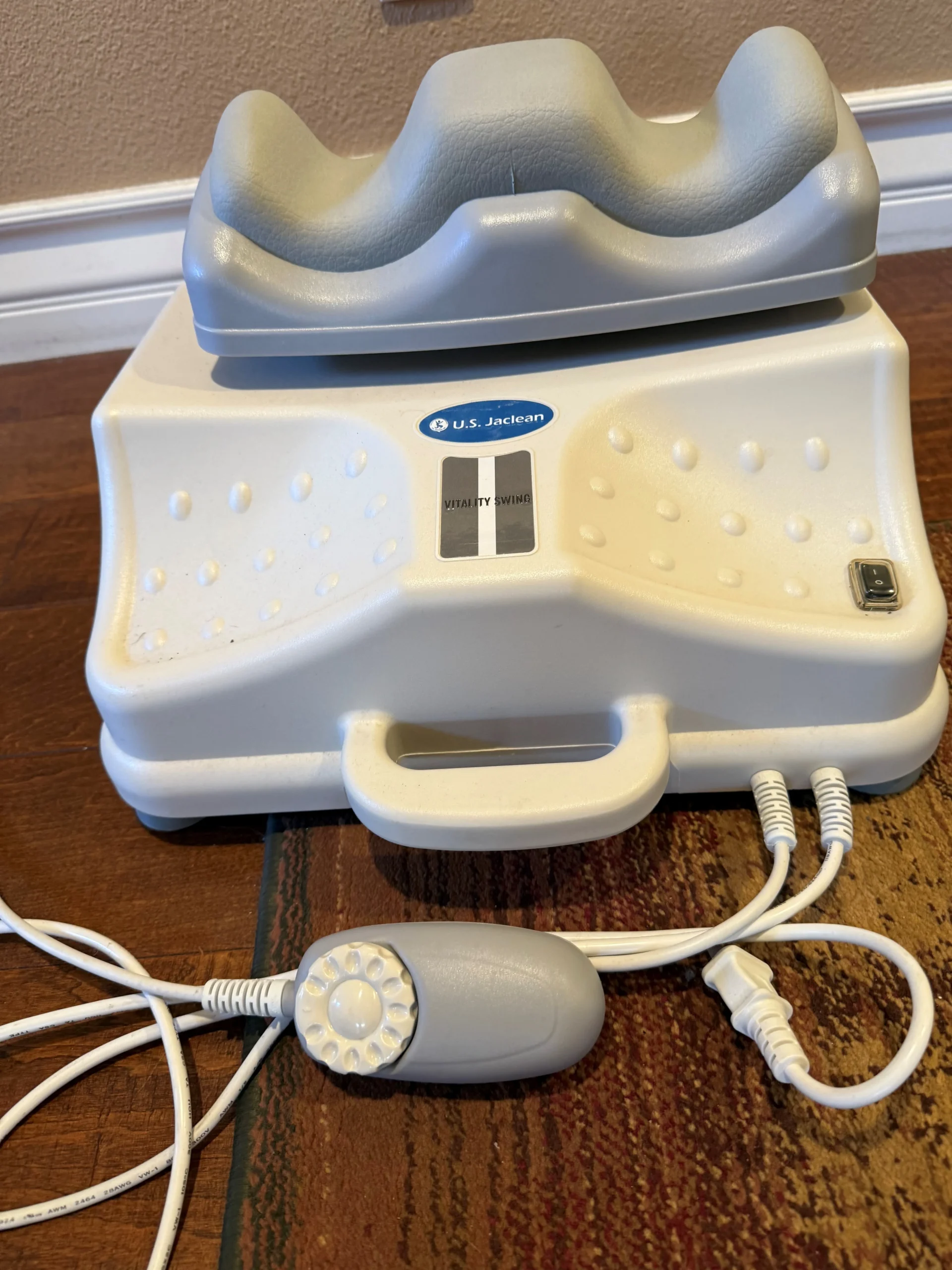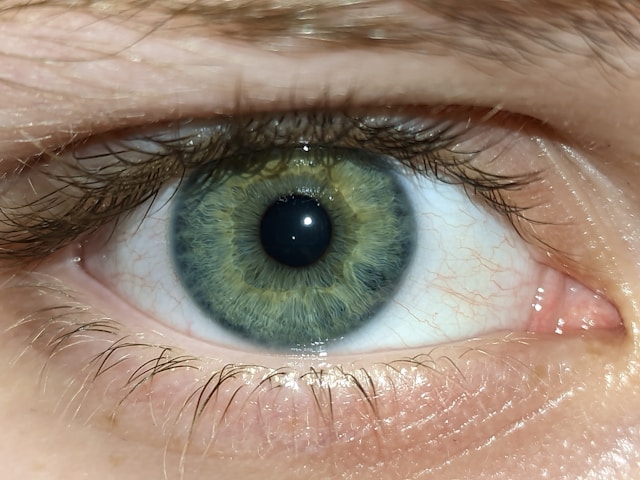What is prediabetes and why should you care? It’s a wake-up call that you’re on the path to diabetes. But it’s not too late to turn things around.

If you have it (like 86 million other Americans), your blood sugar (glucose) level is higher than it should be, but not in the diabetic range. People used to call it “borderline” diabetes.
86 million Americans are prediabetic. Read up on what labs are important to monitor to make sure you stay clear of our nations biggest health epidemic to date.
Diagnosis
Your doctor will order a fasting blood sugar test.
- Normal if your blood sugar is less than 100
- Prediabetes if your blood sugar is 100-125
- Diabetes if your blood sugar is 126 or higher
Hemoglobin A1c (or average blood sugar) test
This blood test shows your average blood sugar level for the past 2 to 3 months. Doctors can use it to diagnose prediabetes or diabetes or, if you already know you have diabetes, it helps show whether it’s under control. The results are:
- Normal: 5.6% or less
- Prediabetes: 5.7 to 6.4%
- Diabetes: 6.5% or above
SOURCE – WEBMD
As it happens, there are very few signs of prediabetes and the condition is largely considered asymptomatic. It often goes undetected until serious health problems such as type 2 diabetes show up. It’s important to talk to your doctor about getting your blood sugar tested if you have any of the risk factors for prediabetes, which include:
- Being overweight
- Being 45 years or older
- Having a parent, brother, or sister with type 2 diabetes
- Being physically active less than 3 times a week
- Ever having diabetes during pregnancy or giving birth to a baby who weighed more than 9 pounds
- Having polycystic ovary syndrome
If you are struggling with carbohydrate cravings, review my Sugar Cleanse as part of your journey to health.





























